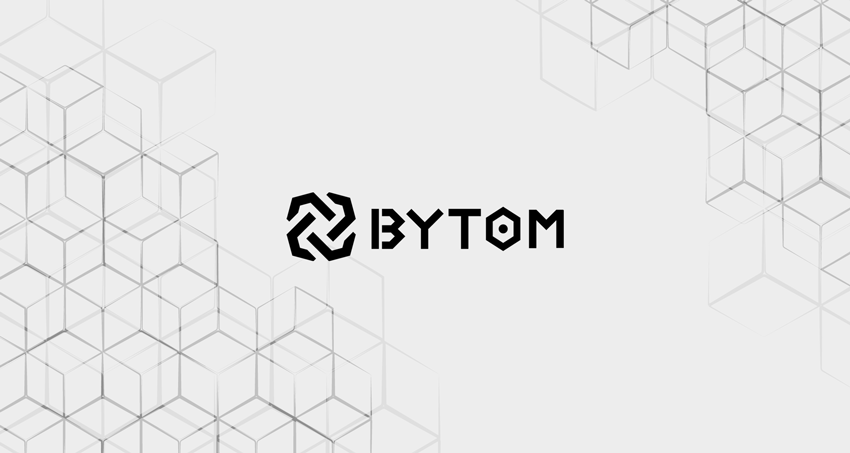Recently, Bitmain has produced a batch of Bytom miners modelled Antminer B7. Before we start to experience the miner, we’d better firstly understand what Bytom(BTM) stands for.
Bytom(BTM)
BTM (Bytom) is an interactive protocol for a variety of crypto assets, which are a kind of heterogeneous bit assets (local cryptocurrency, digital assets) and atomic assets (securities, dividends, bonds, intelligence information, forecasting information, etc. in physical world). They can register, exchange, participate in other more complicated interactions based on smart contract.
Bytom is committed to bridging the atomic world and the bit world, promoting the interaction and flow of assets between the two worlds, to create diversified assets and a programmable economy.
Bytom Blockchain is managed by the Bytom Foundation registered in Singapore.
| Full name | Bytom Blockchain Protocol |
| Abbreviation | Bytom(BTM) |
| Official website | https://bytom.io/ |
| Block Browser | http://blockmeta.com/ |
| Official Wallet | https://bytom.io/wallet/ |
| Pools | F2Pool | Antpool | UUPool | viabtc |
| Wallets | Cobo Wallet | BEPAL | Bitpie | Bixin | Bycoin |
| Exchanges | Huobi | OKEX | AEX88 |
Appearance
Antminer B7 adopts the Tensority algorithm with officially rated hashrate 96KH/s, power consumption 528W, energy efficiency ratio 5.50J / KH and adapt to 12V-680W DC power supply.
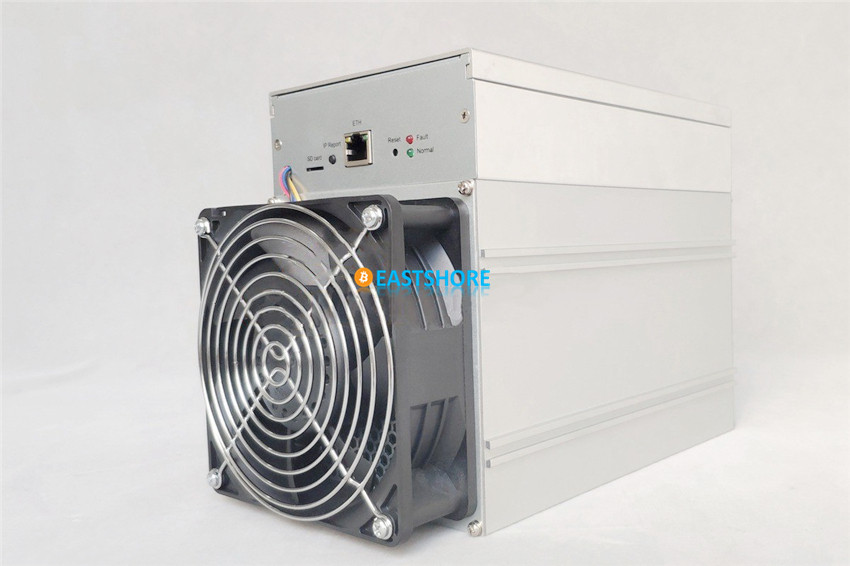
Antminer B7 is exquisite and compact and the actual single weight is 2.76 kg, the size is 243.9*130.6*155.7mm.
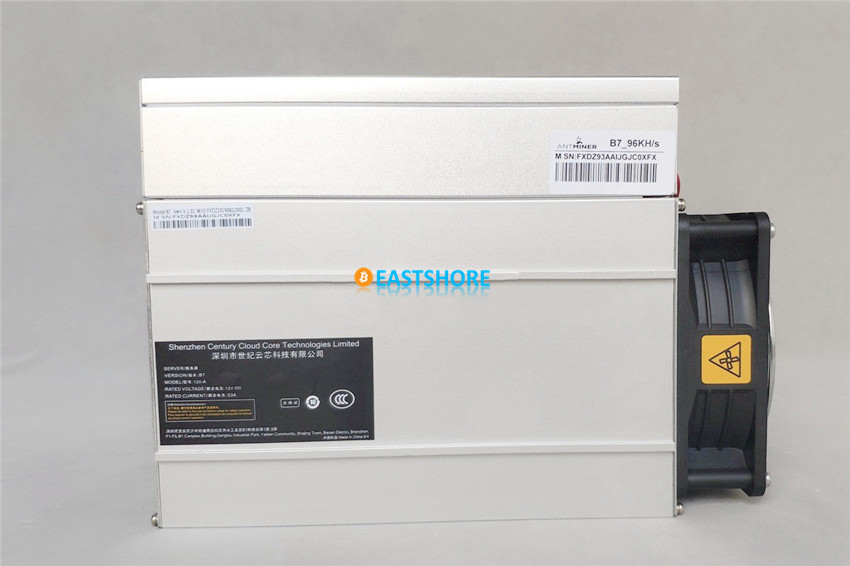
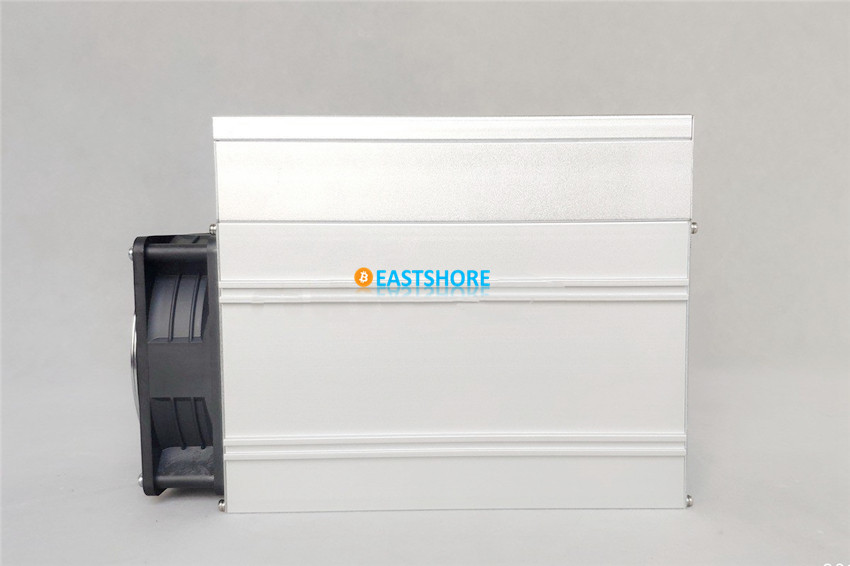
The control board and power terminal are both sealed with a pull-out cover. Press and hold the button on the upper side of air outlet to push the cover open for the convenience of power cord connection.
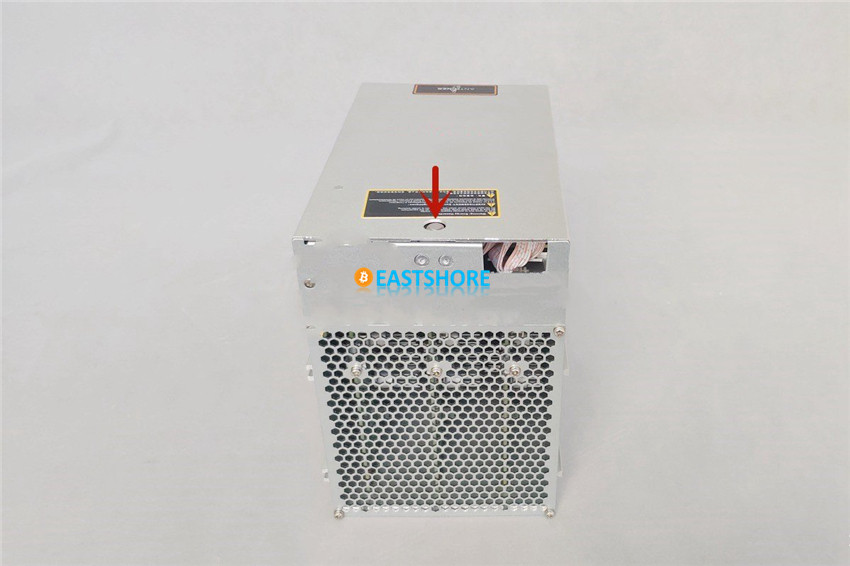
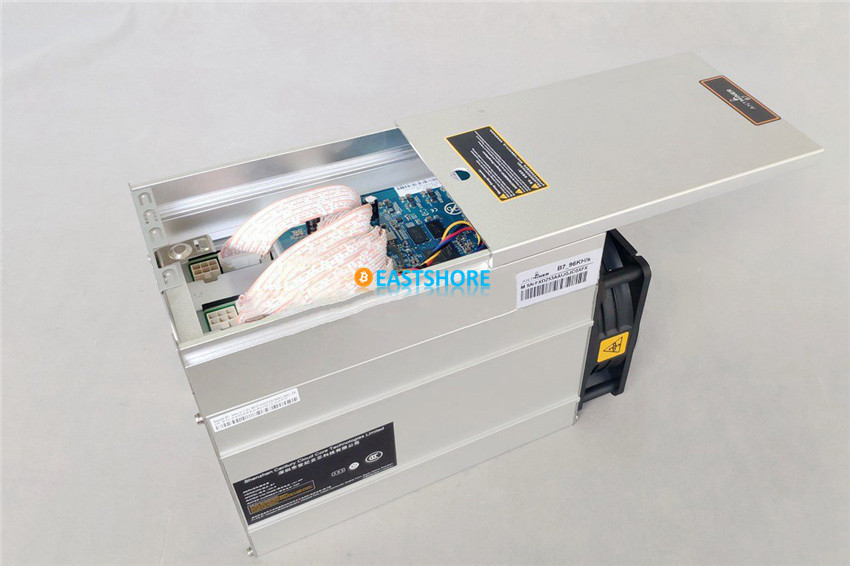
Inside the cover there’s a positioning pin, which can be stopped when the cover being pushed to a certain place. It is not recommended to close the cover immediately after being connected to the power cord. Don’t close the cover unless the test is of no problem; otherwise, due to the friction of the cover, it will be inconvenient in actual operation.
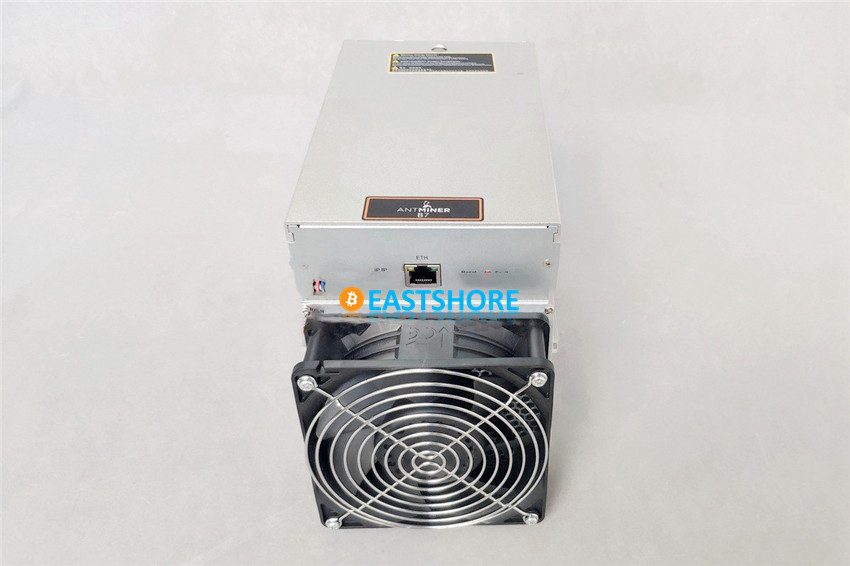
The Antminer B7 adopt the single-fan design and there’s only one cooling fan on the side of air inlet. According to estimation, Antminer B7 may not generate too much heat as well as the resulting noise.
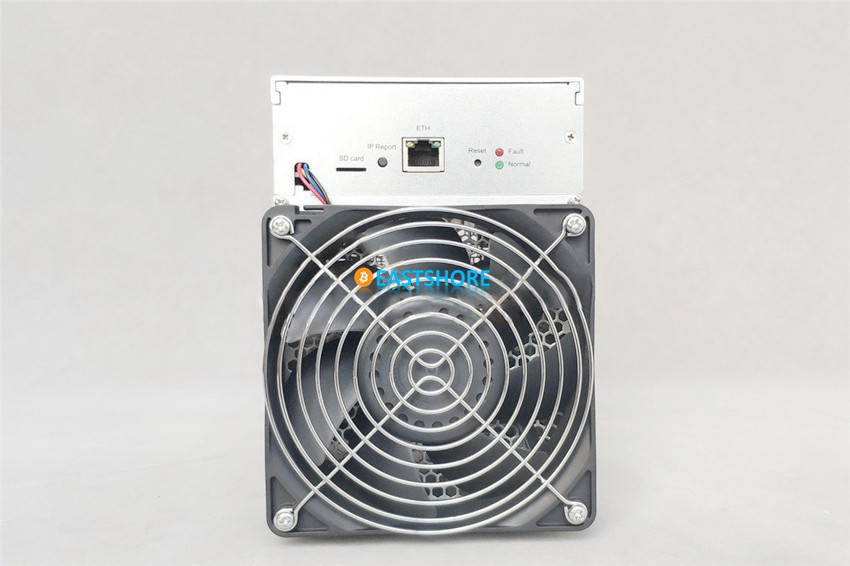
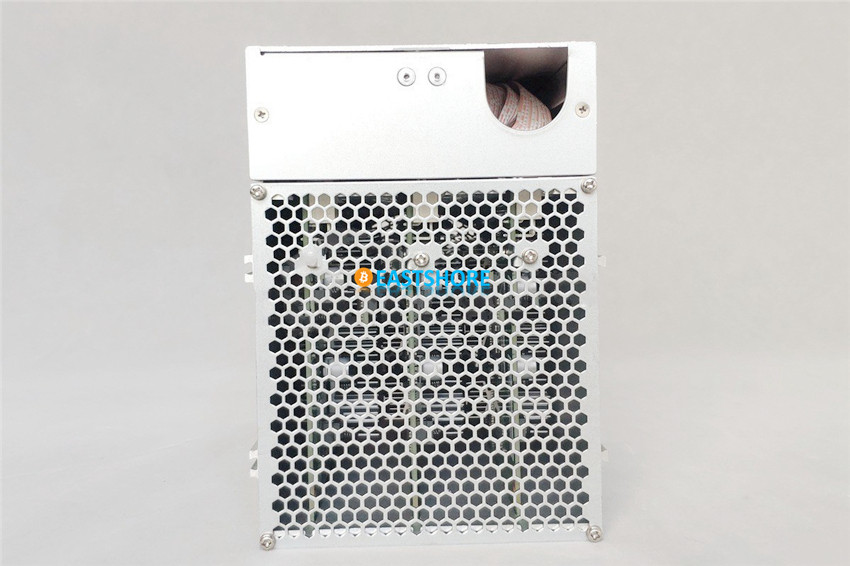
Antminer B7 has three built-in hashboards with a total of 18 chips. Each hashboard is connected to only one 6pin power plug and one control board connector. Therefore, the whole miner only needs the power cord of four 6pin connectors.
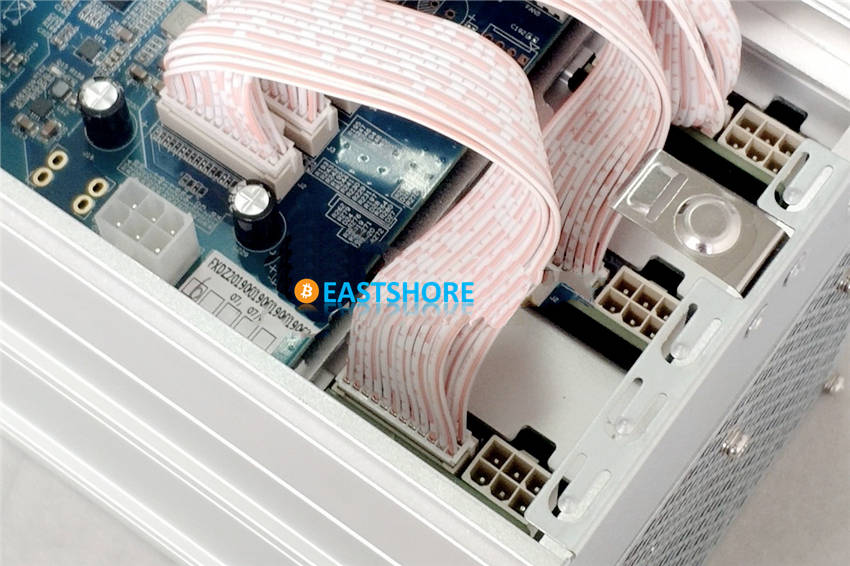
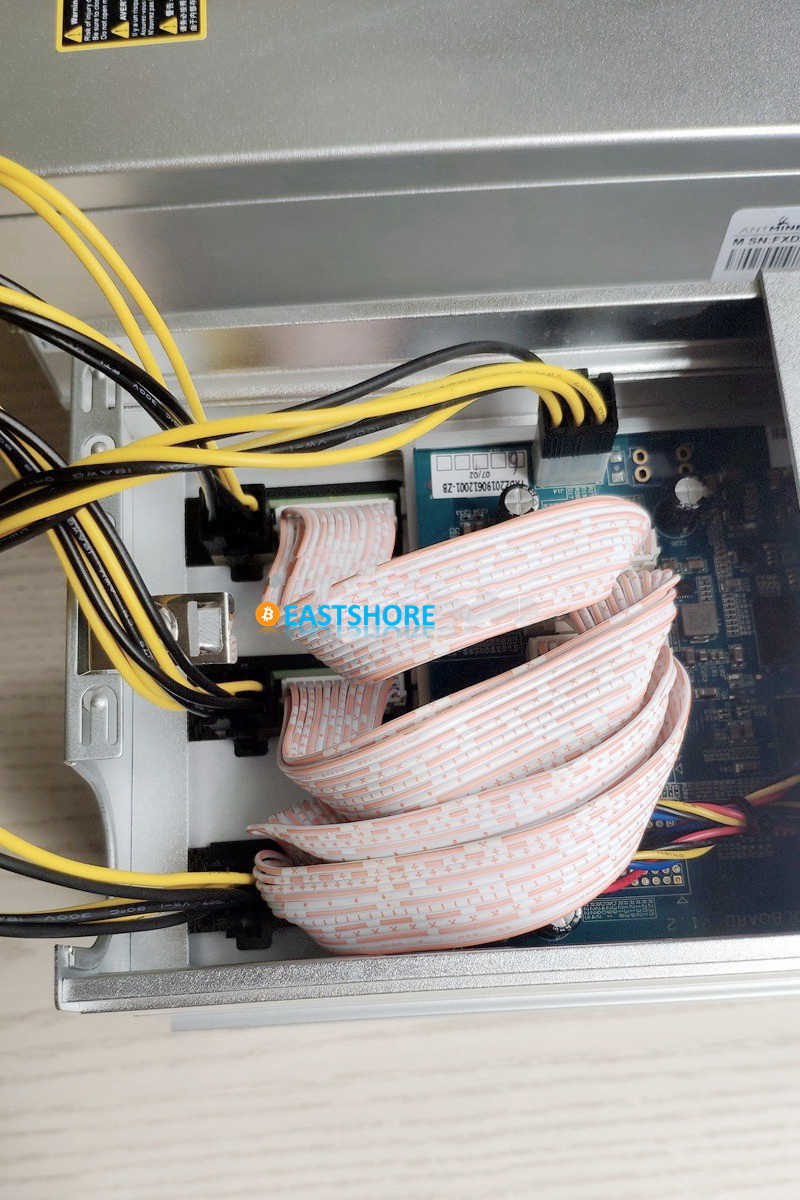
Since the mining power supply is mostly equipped with 10 6pin connectors, one standard mining power supply can be used to drive two sets of Antminer B7.
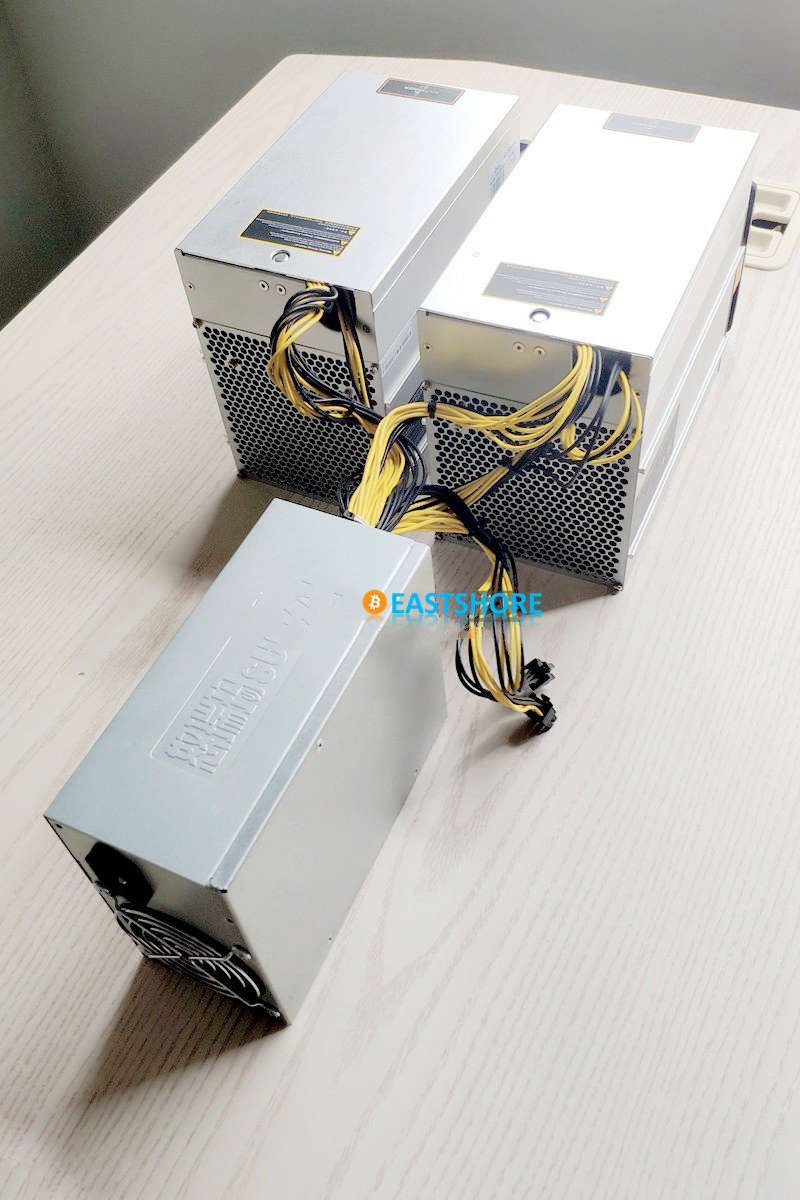
Performance Test
Antminer B7 also adopts cgminer and the configuration page is the same as that of other Antminers. Mining can be started once the pools and mining workers have been set.
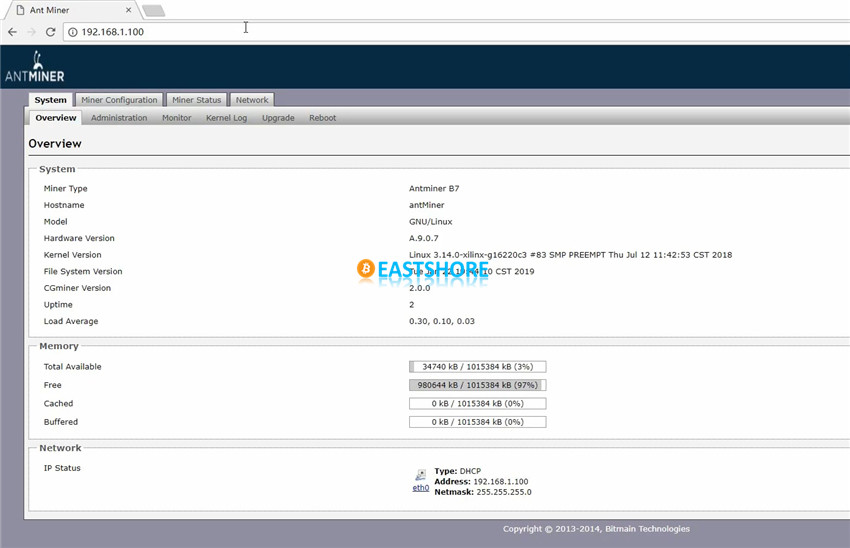
After more than an hour of running, the hashrate shown on the configuration page remains at 103000H/S=103KH/S, which is equivalent to the official hashrate of 96KH/s.
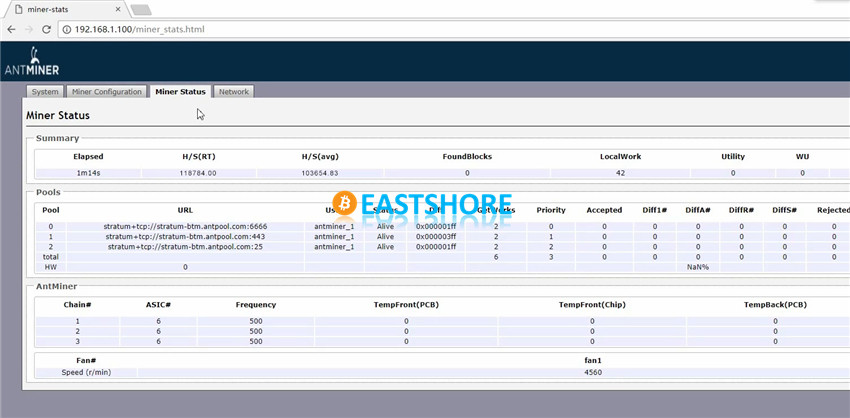
After 24 hours of running in the UUPool, two sets of Antminer B7 have reached an average hash of 100KH/S, which is stable with less fluctuations.
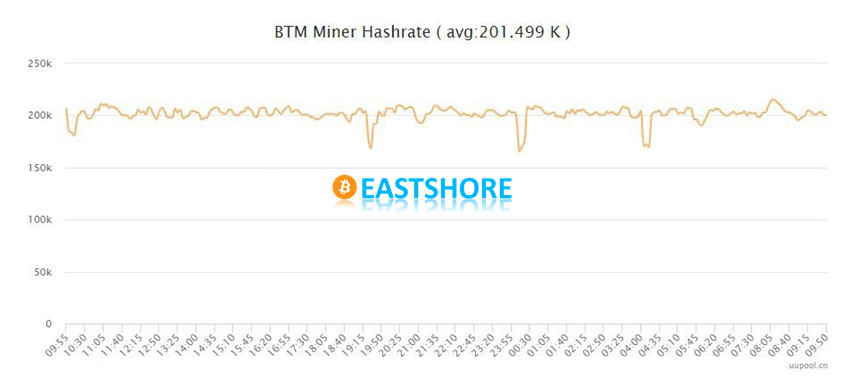
Two types of tests are conducted on power consumption of Antminer B7. In the case of single miner with single power supply, the power consumption of Antminer B7 is 579W.
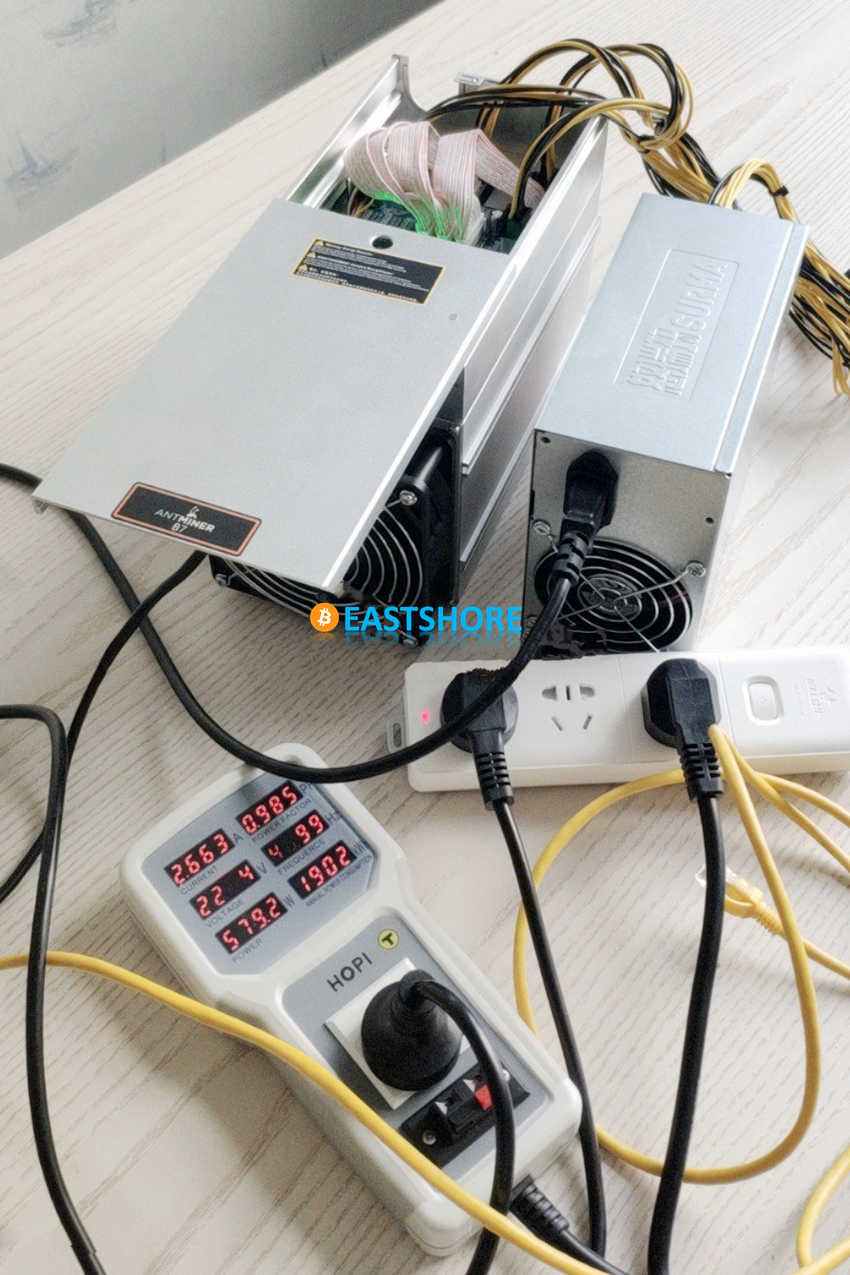
In the case of two miners with one power supply, the power consumption is 1173W.
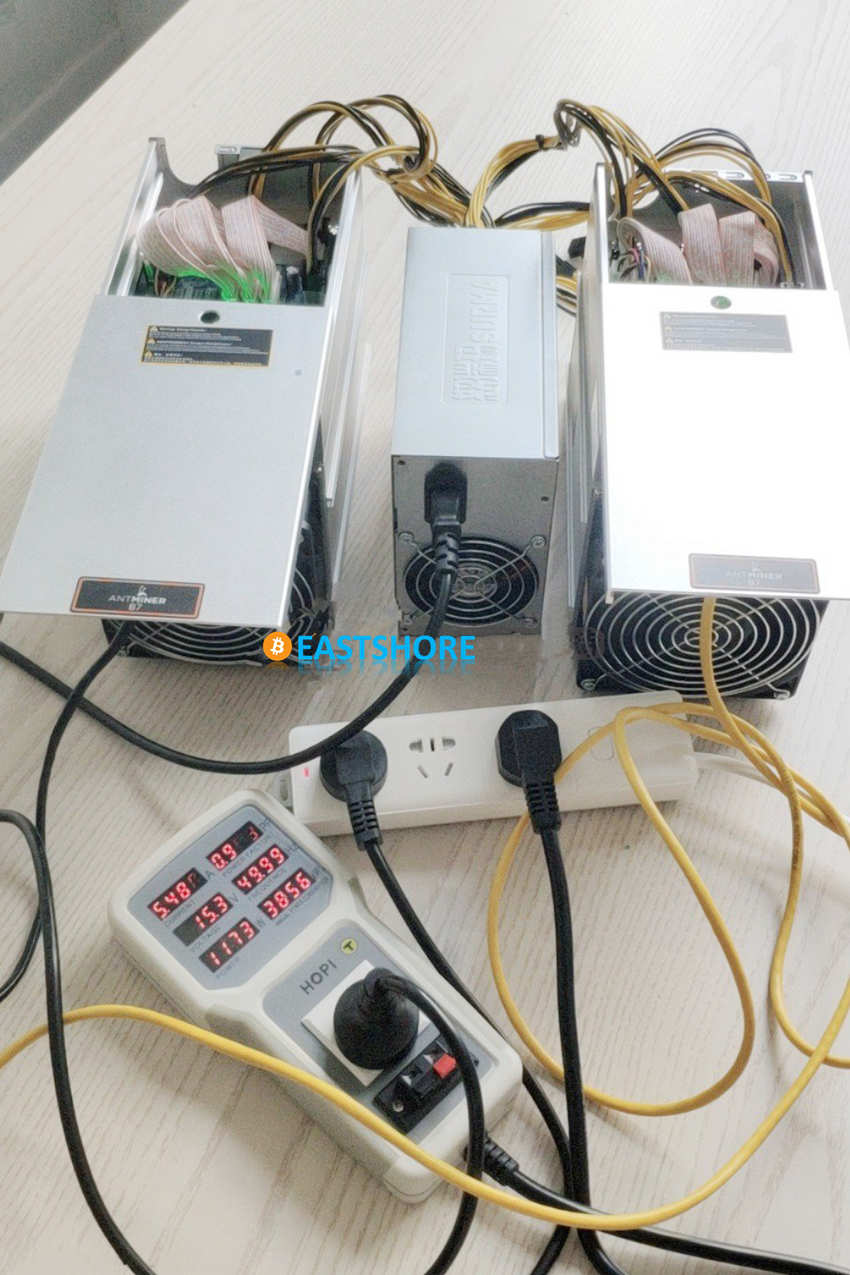
The noise level is good. With mute or PC power supply, the noise will be very low after normal operation, except for the slightly loud sound when power-on.
Summary
In May 2018, Bitmain launched the Antminer B3, a seemingly promising miner for Bytom. With high market demand, tts price rocketed to as high as US $3000. Unfortunately, it turned out that the ROI was a disaster with the plunge of the currency price.
Now B7 has been released (hash rate is upgraded to 96KH/s and it has one fan instead of two). Under current circumstances, the daily profit is US $8.5. Will it gain popularity among buyers?

